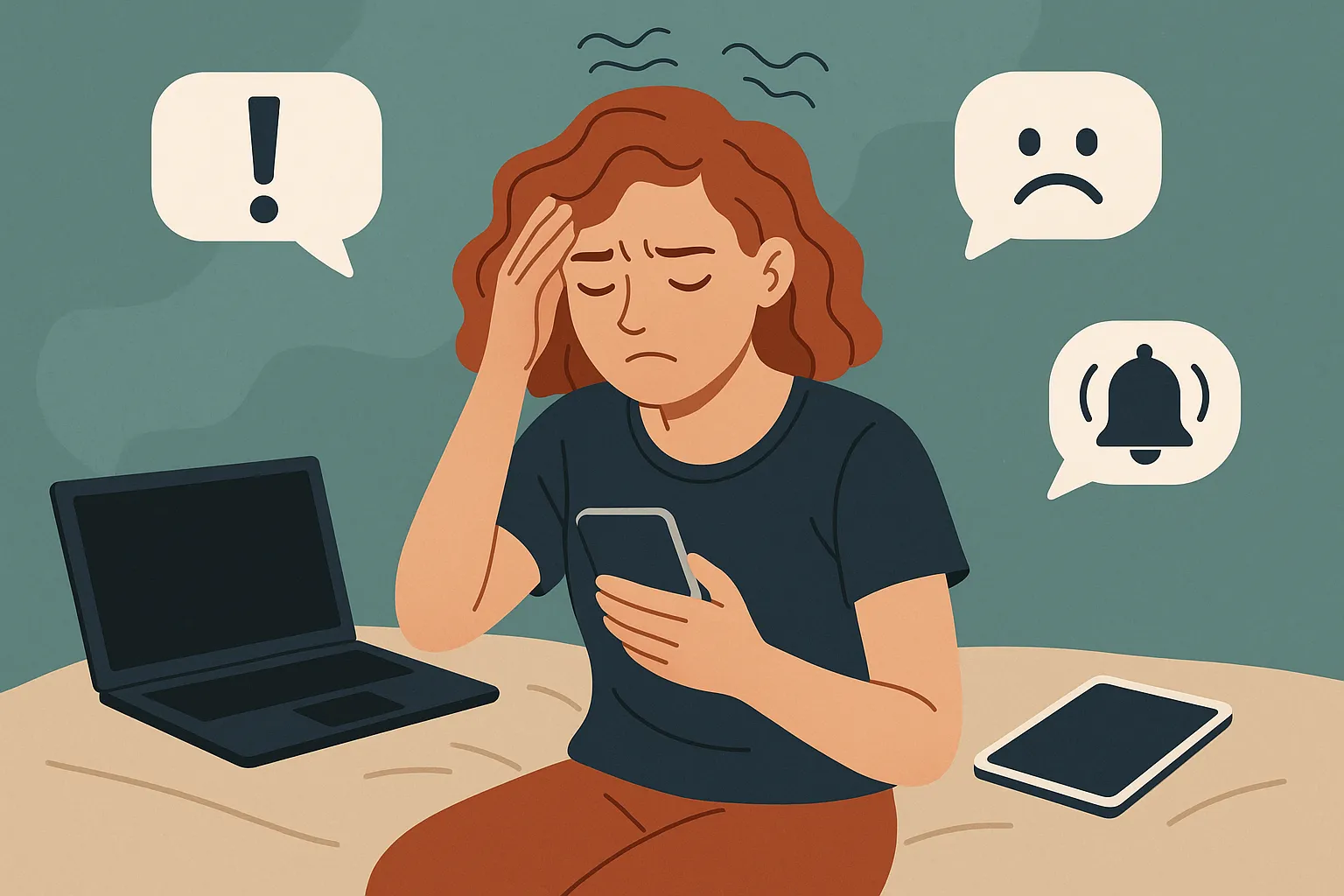In today’s fast-paced digital world, families find themselves increasingly tethered to screens—whether it’s smartphones, tablets, or televisions. While technology offers numerous benefits, excessive screen time can lead to negative impacts on family dynamics and individual well-being. A digital detox can be an effective way for families to reconnect, enhance communication, and improve overall lifestyle. This article explores practical strategies for families to engage in a digital detox together, providing concrete examples, best practices, and a guide to navigating the journey.
Understanding the Need for a Digital Detox
Before diving into the how-to, it’s essential to understand the need for a digital detox. Families often experience reduced interaction, decreased attention spans, and increased stress levels due to constant connectivity. According to a study by Common Sense Media, children ages 8 to 12 spend an average of nearly five hours a day on screens. These statistics underscore the importance of taking intentional breaks from digital devices to foster healthier family relationships and promote balanced lifestyles.
Setting Common Goals
Defining What Digital Detox Means for Your Family
The first step in a successful digital detox is defining what it means for your family. Does it involve completely unplugging from all devices, or are there specific platforms or activities you want to limit? This conversation should include all family members to ensure everyone’s needs and concerns are addressed.
Creating a Family Digital Detox Plan
Once you’ve defined what a digital detox means for your family, create a plan that outlines the duration, rules, and goals. Decide on a specific period—such as a weekend or a full week—where everyone agrees to reduce or eliminate screen time. It’s crucial to set realistic expectations and be flexible, especially if it’s your family’s first detox experience.
Concrete Examples and Use Cases
Family Activities to Replace Screen Time
-
Outdoor Adventures: Plan hikes, picnics, or bike rides to encourage physical activity and interaction with nature. These activities not only replace screen time but also promote physical health and teamwork.
-
Game Nights: Board games or puzzles can be a fun, interactive way to engage the whole family. They encourage strategic thinking and cooperation, providing a perfect alternative to digital entertainment.
-
Cooking Together: Involve all family members in preparing a meal. This activity can teach valuable life skills, foster creativity, and encourage teamwork while keeping everyone away from screens.
Real-Life Use Case
Consider the Johnson family, who decided to implement a digital detox weekend once a month. They established a rule where all devices were powered off from Friday evening to Monday morning. During this time, they engaged in various activities like camping, cooking, and volunteering. Over time, they noticed improved communication, stronger emotional bonds, and a more relaxed home environment.
Key Points and Best Practices
Establish Clear Guidelines
- Set Boundaries: Clearly define which activities are off-limits and which are permitted. For example, work-related screen time might be allowed, but social media and gaming are not.
- Lead by Example: Parents should model the behavior they expect from their children. If the goal is to reduce screen time, parents need to adhere to the guidelines as well.
Encourage Open Communication
- Discuss Challenges: Allow family members to express any difficulties they face during the detox. This openness can help identify areas where adjustments might be needed.
- Celebrate Progress: Acknowledge and celebrate milestones, such as completing a full day without screens. Positive reinforcement can motivate continued participation.
Utilize Screen-Free Zones
- Designate Areas: Create specific areas in the home, such as the dining room or bedrooms, where screens are not allowed. This can help reinforce the detox effort and encourage more face-to-face interactions.
FAQ
What is a digital detox?
A digital detox involves taking a break from electronic devices to reduce stress and improve well-being. It can vary in duration and intensity depending on personal preferences and goals.
How can I convince my family to participate in a digital detox?
Start by discussing the benefits, such as improved communication and reduced stress. Involve everyone in the planning process to ensure their voices are heard and their needs are considered.
How often should a family engage in a digital detox?
The frequency of digital detoxes can vary. Some families may benefit from a weekly detox day, while others might choose a monthly weekend. It ultimately depends on your family’s lifestyle and goals.
Are there any tools to help manage screen time during a detox?
Yes, several apps can help monitor and manage screen time, such as Apple’s Screen Time and Google’s Family Link. These tools can provide insights and help enforce rules during the detox period.
What if someone in the family struggles with the detox?
It’s important to remain flexible and supportive. Encourage open discussions about the challenges they face and consider adjusting the plan if necessary to accommodate their needs.
Conclusion
Engaging in a digital detox as a family offers numerous benefits, from improved communication to enhanced emotional well-being. By setting clear goals, involving all family members, and replacing screen time with meaningful activities, families can successfully reduce their digital dependency. While the journey can present challenges, the long-term rewards of a healthier lifestyle and stronger family bonds make it a worthwhile endeavor. Consider starting small, celebrate your progress, and enjoy the newfound connections that a digital detox can bring.







